japanese pagoda tree pros and cons
Its native to South. Japanese Pagodatree is a tree.

Japanese Pagoda Tree Facts Japanese Pagoda Family Name Japanese Pagoda Amazing Gardens Dream Garden
It usually grows 25 to 35 feet tall but can sometimes reach heights of up to 100 feet.

. It is an Asian species that can be. The Japanese Pagoda Tree Sophora japonica now known as Styphnolobium japonicum has had a latin name change since it was found to not have the expected ability to fix nitrogen with a. Common Name Japanese pagoda tree.
The pagoda tree is a member of the Family Fabaceae commonly referred to as the Pea Family. It grows up to 20 M. It offers frothy flowers when in season and fascinating and attractive pods.
The Japanese pagoda tree grows 1223 metres about 4075 feet tall and features alternate compound leaves with 7 to 17 leaflets. The Japanese Blueberry Tree scientifically known Elaeocarpus Decipiens is a medium-sized evergreen tree that can be grown in USDA zones 9A 11. The location should have moist rich well-drained soil with a pH of.
The Japanese pagoda tree Sophora japonica also called the Chinese scholar tree is a native of China and Korea that thrives in US. The modifying action of the Japanese pagoda tree Sophora japonica and pantocrine in radiation lesions. The Japanese pagoda tree is often called the Chinese scholar tree.
The compound leaf is 6-10 inches long with each leaflet measuring between 1-2 inches. If you would like more pagoda tree information. This ornamental tree is native to China Korea and Vietnam.
Following are the cons of Zelkova tree. This seems more appropriate since the tree is native to China and not Japan. 50 - 70 Site characteristics.
Mimosa Albizia julibrissin is a small deciduous tree with puffy pink flowers and a fast growth rate. Regent rapid growth profuse. 1000 Varieties of Plants Trees to Choose From.
Pagoda tree Styphnolobium japonicum is a plant found in China Japan and Korea. Pros and Cons of the Mimosa Tree. As you can see the pagoda trees growth habit is very rounded resulting from the loss of the central leader at an early age.
Long drooping clusters of fragrant ivory flowers. Styphnolobium japonicum. It grows in a tropical climate.
Pros and Cons of the Mimosa Tree. And the tree is cultivated as an ornamental in many places. 5b - 9a Wetdry.
The modifying action of the Japanese pagoda tree Sophora japonica and pantocrine in radiation lesions. While pagoda plants are most commonly planted directly in the ground you can choose to plant them in a pot. The Japanese pagoda tree is often grown as a shade tree in lawns or on patios however flowers and seedpods often leave stains on pavement.
Japanese Pagodatree Fruit. 5-11 13-28 cm long. Type slow-growing tree.
The Japanese pagoda tree Sophora japonica or Styphnolobium japonicum is a showy little shade tree. Botanical name Styphnolobium japonicum formerly Sophora. Clay loam sandy soils.
Pagoda tree contains chemicals similar to. See it on the map. It grows at a moderate rate reaching from 35 feet up to 75 feet in height with a comparable spread.
Best used for High Blood Pressure. It grows at a moderate. Japanese Pagoda Heritage Tree.
Ad Delivering Quality Plants Trees to Your Doorstep for 15 Years. Optimum conditions for growth. The wood is useful in construction.
Shop Plants Trees Now. Its fern-like leave grow in stalks of 10-15 leaves and the creamy white pea. Although a full sun exposure is best the tree can tolerate part shade.
Sophora japonica key facts. The modifying action of the Japanese pagoda tree Sophora japonica and pantocrine in radiation lesions. Locate a sunny spot to plant a Japanese pagoda tree.
Tolerates drought Native range. One advantage to potting a pagoda plant is. The Japanese pagoda tree is often called the Chinese scholar tree.
The one fall back of using wood as the entire structure is that. East Experiment Station East side. Limestone Coast Advanced Trees takes pride in offering one of the largest ranges in Australia in many shapes and sizes with spect Tuesday May 3 2022 Edit.
Potting and Repotting. The yellowish white flowers about 1 cm 04 inch in. Fast Shipping Convenient Delivery.
The Japanese pagoda tree is originally from China. The flowers buds and fruit are used in traditional medicine. Seedpods of japanese pagoda tree.
The Chinese scholar tree is another name for the Japanese pagoda tree. Tree Of The Month Japanese. Apricot cherry peach and plum.
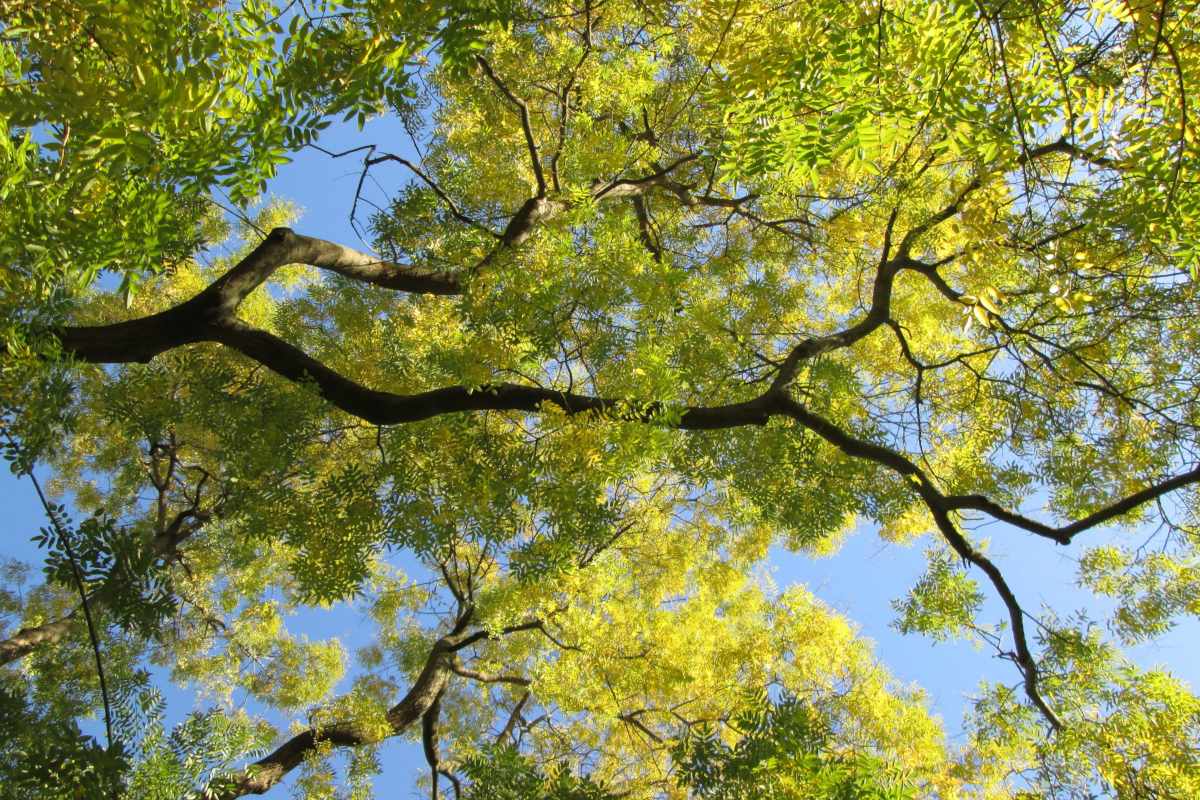
Japanese Pagoda Tree An Elegant And Airy Slow Growing Giant For Parks

Japanese Cherry Blossoms 10 Facts Youtube
:max_bytes(150000):strip_icc()/japanese-pagoda-tree-care-5186863-06-ea23bcea86d74cdd998d083e1da1f11e.jpg)
Japanese Pagoda Tree Care And Growing Guide

What Is Sophora Japonica Learn About Japanese Pagoda Tree Care
:max_bytes(150000):strip_icc()/japanese-pagoda-tree-care-5186863-02-40fc3009a3e544499b255f71c2f98b8a.jpg)
Japanese Pagoda Tree Care And Growing Guide
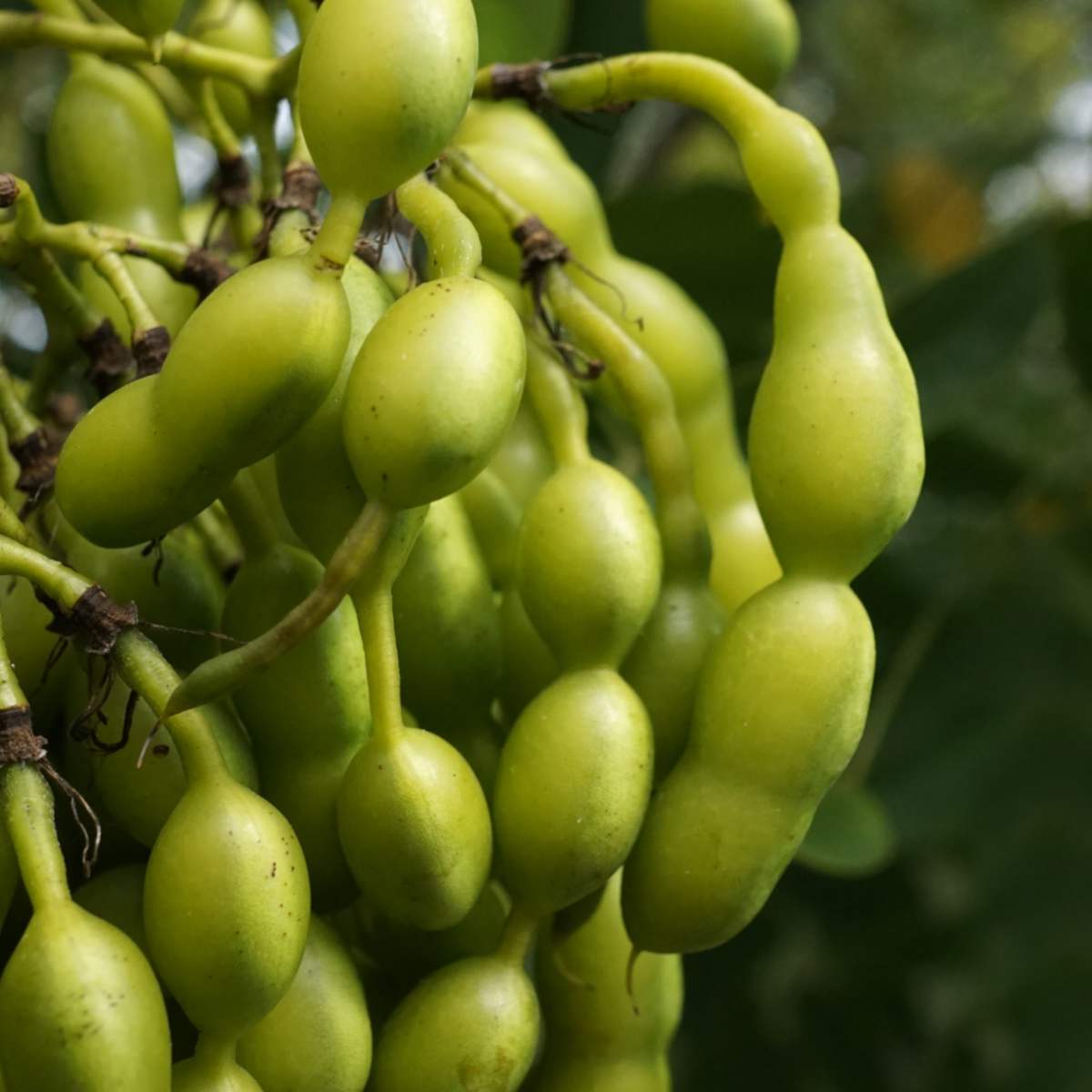
Japanese Pagoda Tree An Elegant And Airy Slow Growing Giant For Parks

Japanese Pagoda Tree Care Maintenance Instructions Cool Garden Ideas
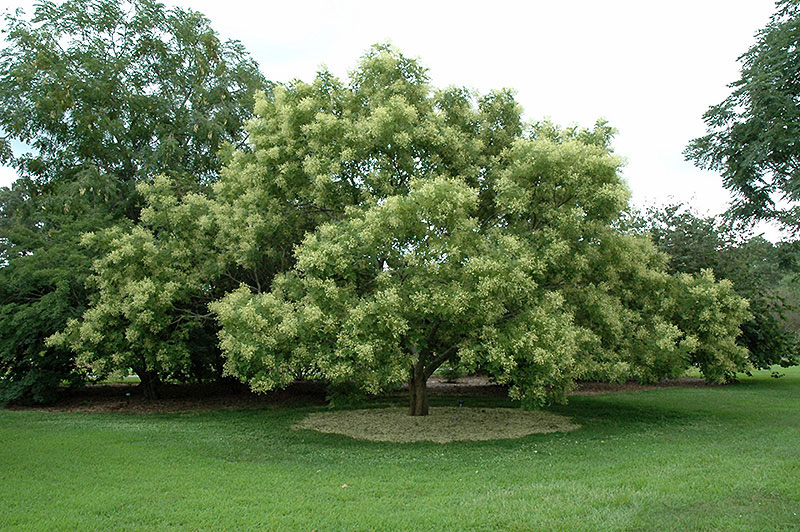
Pagoda Tree Facts And Health Benefits
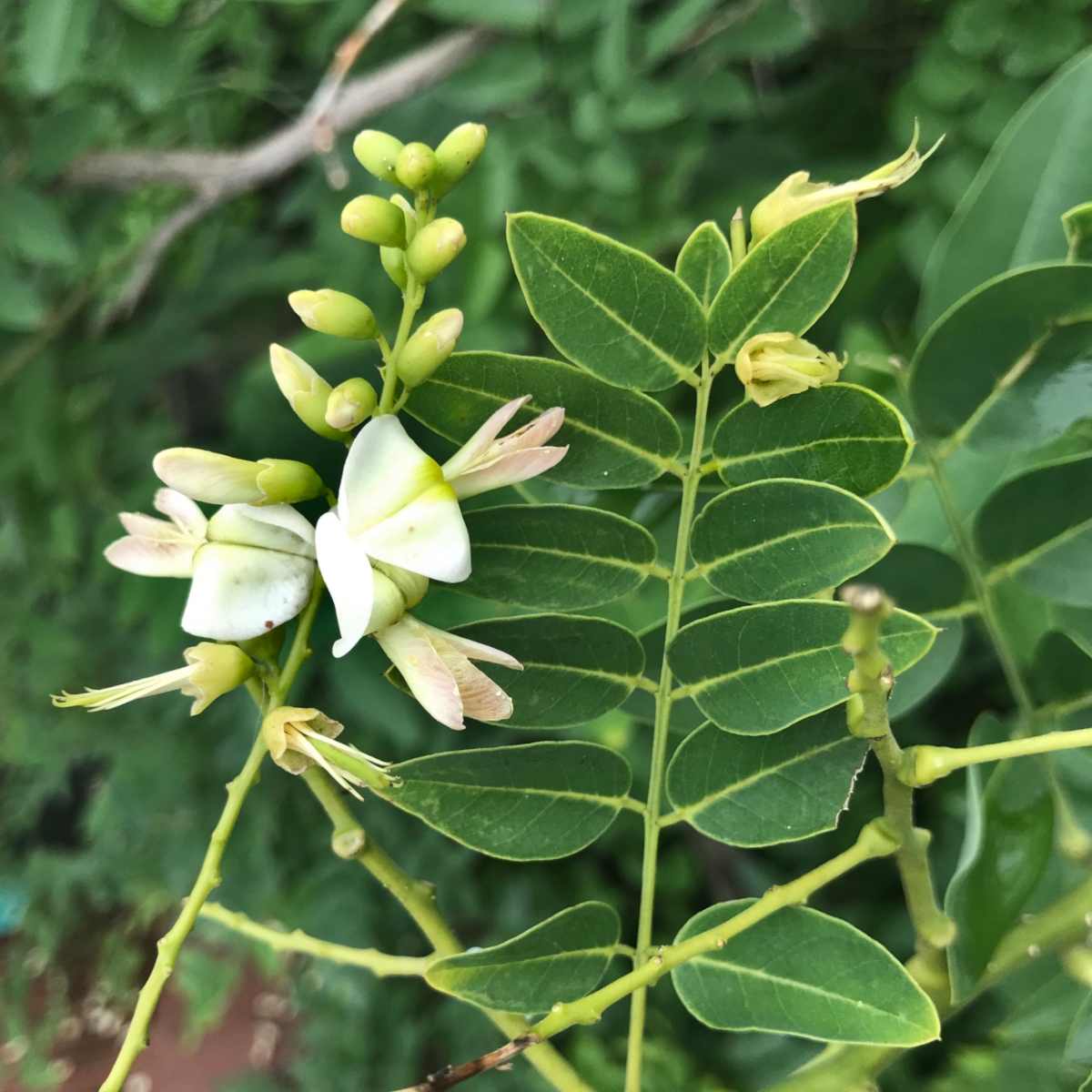
Japanese Pagoda Tree An Elegant And Airy Slow Growing Giant For Parks
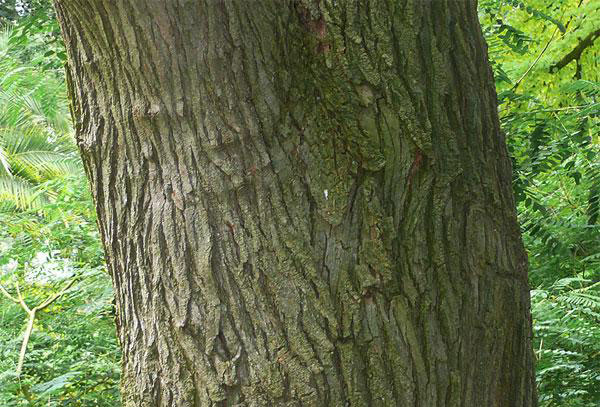
Pagoda Tree Facts And Health Benefits
:max_bytes(150000):strip_icc()/japanese-pagoda-tree-care-5186863-04-eea66be4d0454af08c590e51a6e51aca.jpg)
Japanese Pagoda Tree Care And Growing Guide
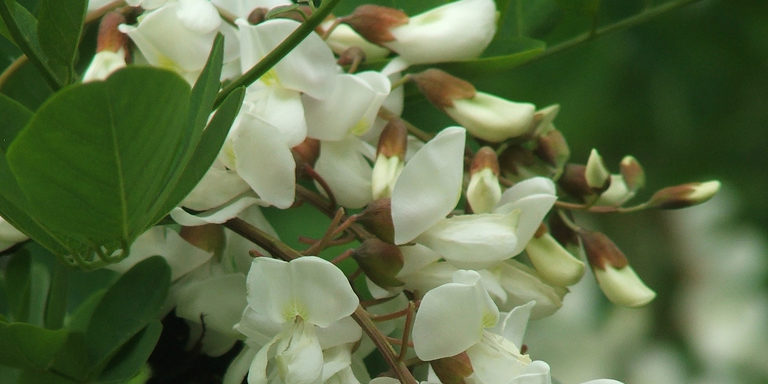
Tree Of The Month Japanese Pagoda Tree Casey Trees

Pagoda Tree Facts And Health Benefits

Styphnolobium Japonicum Pagoda Tree Buy Seeds At Rarepalmseeds Com
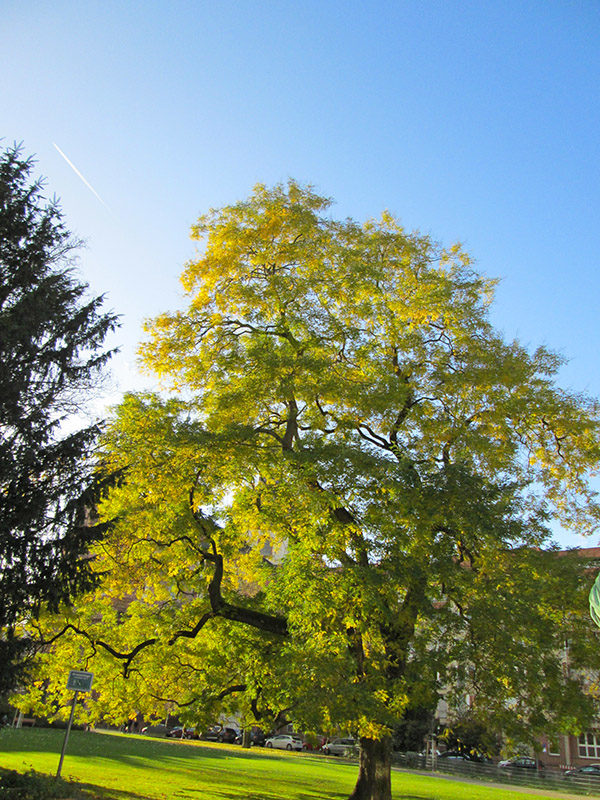
32 Of The Best Fast Growing Trees To Plant In Your Garden

Pagoda Tree Facts And Health Benefits
:max_bytes(150000):strip_icc()/japanese-pagoda-tree-care-5186863-07-678db2e12f964f979141917e3892ee54.jpg)
Japanese Pagoda Tree Care And Growing Guide
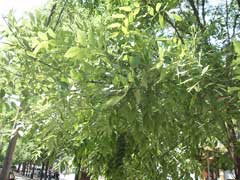
Sophora Japonica Japanese Pagoda Tree Scholar Tree Pfaf Plant Database
/japanese-pagoda-tree-care-5186863-hero-b959bcf0d99349dcaef36a3b9e0cfeb0.jpg)